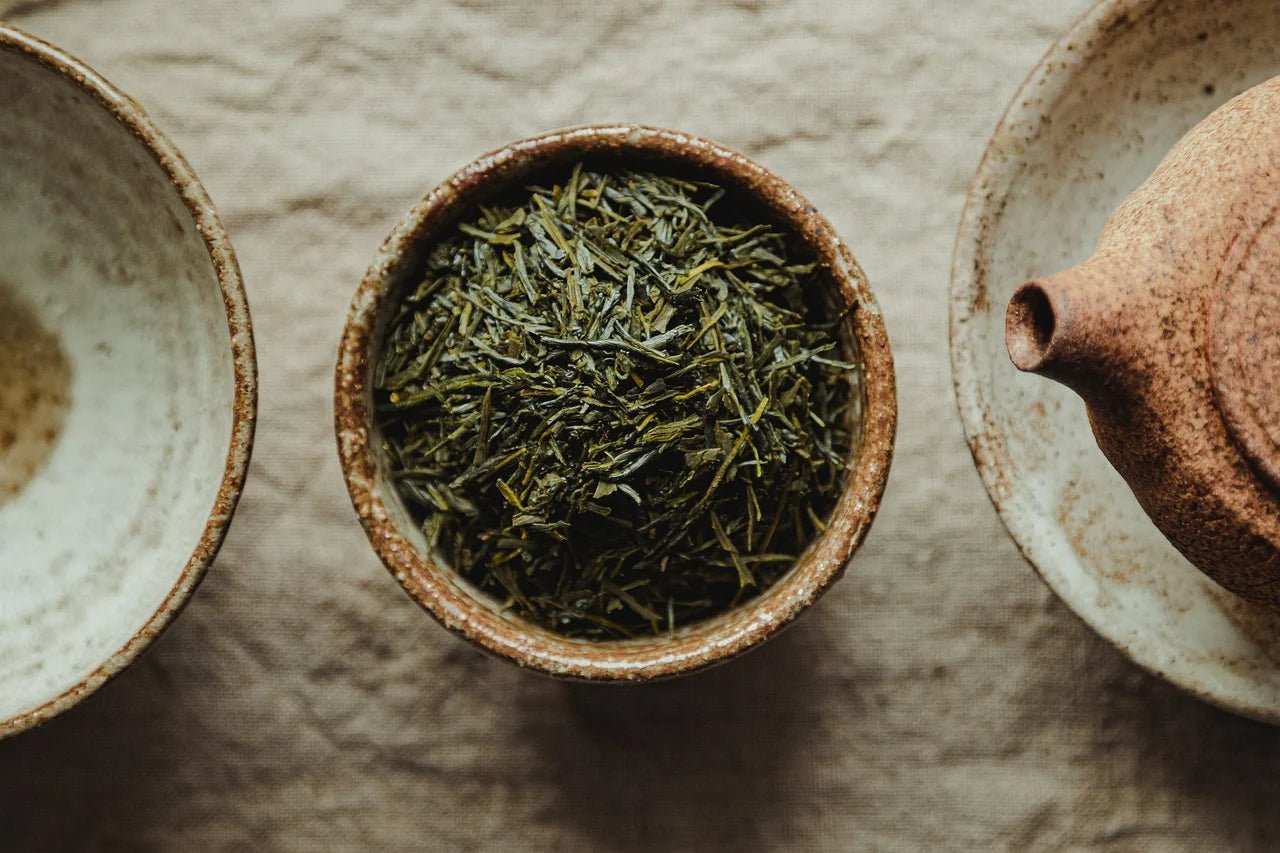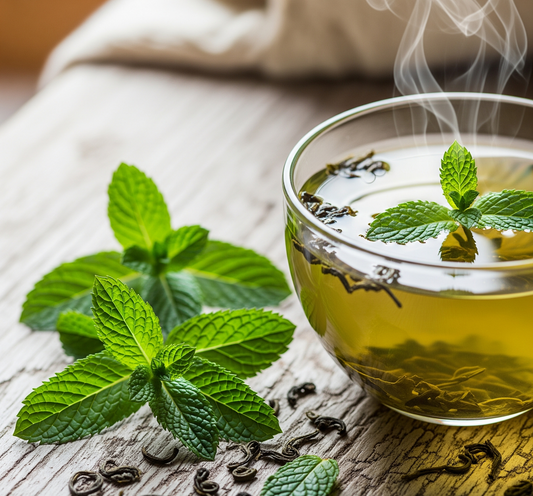If you’ve ever taken a sip of freshly brewed Nepali green tea, you’ve probably marveled at the burst of bright, green and uplifting flavors in every single sip.
You might have wondered just how it is that Nepal, with its harsh and rugged landscape that are some of the tallest in the world, can produce such delicate, complex and delicious flavors.
Well, our team at Nepal Tea Collective is here to tell you just how we do it!

Why is tea full of flavor in the first place?
Do you ever wonder why tea is so full of flavor?
After all, pure tea, without any flowers, fruits or herbs blended into it, is made purely from processed leaves that come from the evergreen shrub called Camellia Sinensis.
Usually, unless they are herbs, leaves have a homogenous block of flavor that is usually very bitter to taste. But tea leaves are different – they range from sweet to malty, from marine to nutty, from fruity to floral.
So where do these tea flavors come from?
The answer is simple: tea leaves, especially the top two leaves and bud from which loose leaf teas, even green teas, are made, are packed with organic compounds. These compounds are called polyphenols and catechins, also known as flavonoids. Similarly, tea leaves also contain tannins, and levels of caffeine, which also lend teas their flavors.
All tea leaves contain these flavor-giving compounds, but in different concentrations. There are two main things that affect the concentration and types of compounds found in your tea leaves, and they are:
1. The soil and climate of the region in which the tea is grown, and
2. The processing style the tea leaves undergo before they are packaged and end up in your cup of tea!
The Tea Flavors from Nepal’s Terroir:
In Nepal, pure green tea is grown in the eastern tea mountains. Nepal’s mountains where the most popular green teas are grown reaches heights of 3000m and more.
The mountain soil on which tea is cultivated is extremely rich in minerals, which the tea plants soak up through their roots. This abundance of minerals causes the tea to be highly nourished and rich in flavonoids, making the fresh green teas of Nepal highly nutritious and richly flavored.
What’s more, the steepness of the tea gardens ensures that the soil remains fresh. Water flowing downhill leaves mineral deposits on the farm, and makes sure that the soil isn’t stale. This factor also contributes to the fresh and green taste of Nepali green teas.
Nepali Green Tea Flavors and Nepal’s Climate:
The harsher the climate in which teas are grown, the more flavored the teas will be. Why is that?
This is because tea is a sub-tropical plant, which typically thrives in warm and wet conditions. However, tea is also a very resilient plant. When it is grown in harsher conditions, the tea leaves produce more flavonoids – polyphenols, catechins – to protect the tea plant from the cold, the wind and even the sun.
You probably already see where this is going! Because the climate of Nepal’s eastern tea mountains is quite rough, the teas, and particularly the green teas, that come from the region are extremely flavorful.
The cold, snowy winds flowing downwards from the Himalayas, and the warm breezes flowing up from the Bay of Bengal, create the perfect micro-climate in which Nepali teas flourish, creating high amounts of organic compounds and storing them in their newest leaves and buds to create a magical mélange of flavors.
Green Tea Flavors and the Production Process:
Do you know that green tea is one of the least oxidized teas?
After white tea, green tea is a tea that undergoes a minimal level of exposure to oxygen. They retain their fresh greenness, which is why they are considered to be fresher and purer teas than black or oolong teas.
Nepal’s tea farming industry is very young compared to the Chinese, Japanese, Taiwanese and even Indian tea industry. Our tea artisans who craft our teas are also young, and very experimental. Though they have been trained by tea masters from all over the world to craft green teas that are on par with the green tea flavors of Chinese green tea and Japanese green teas, they are also free to experiment and exercise their creative freedom while crafting teas.
This is another reason why Nepal has beautiful green teas like Ganesha Green, which boasts of a rich, buttery, marine flavor, but also has green teas like Farmer’s Green, which is closer in appearance to Jasmine Pearl, with a light, silvery color. Farmer’s Green however, doesn’t have the flavor of jasmine green tea, but rather has flavor notes of cream, fruit and steamed vegetables.
Flavorful Nepali Green Teas From Organic and Sustainable Farms:
Organic and regenerative farming practices are very common in Nepal. In fact, most farms in Nepal are organic, and farmers are very careful about taking good care of the soil and the water that nourish their crops. Therefore, the tea farms of Nepal are also usually organic, free of chemical fertilizers. This results in teas that are not only sustainably grown, but also highly flavorful and undamaged by the taste of pesticide or insecticide.

Now you know all the important factors that make Nepali green teas so flavorful. Next time you sip a delicious cup of Nepali green tea, we hope you'll think of our gorgeous terrior, our harsh but lovely climates, and our talented farmers and tea artisans who make your green teas!




